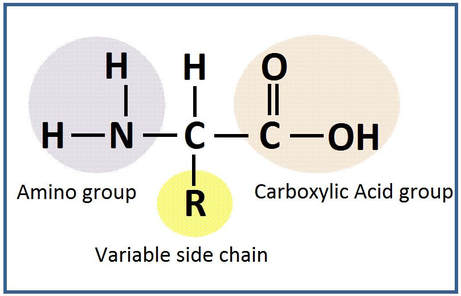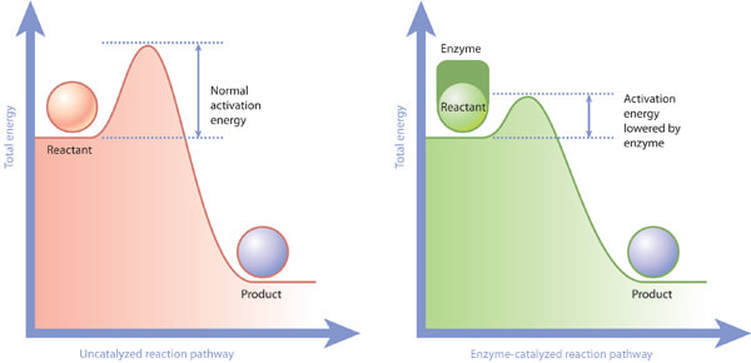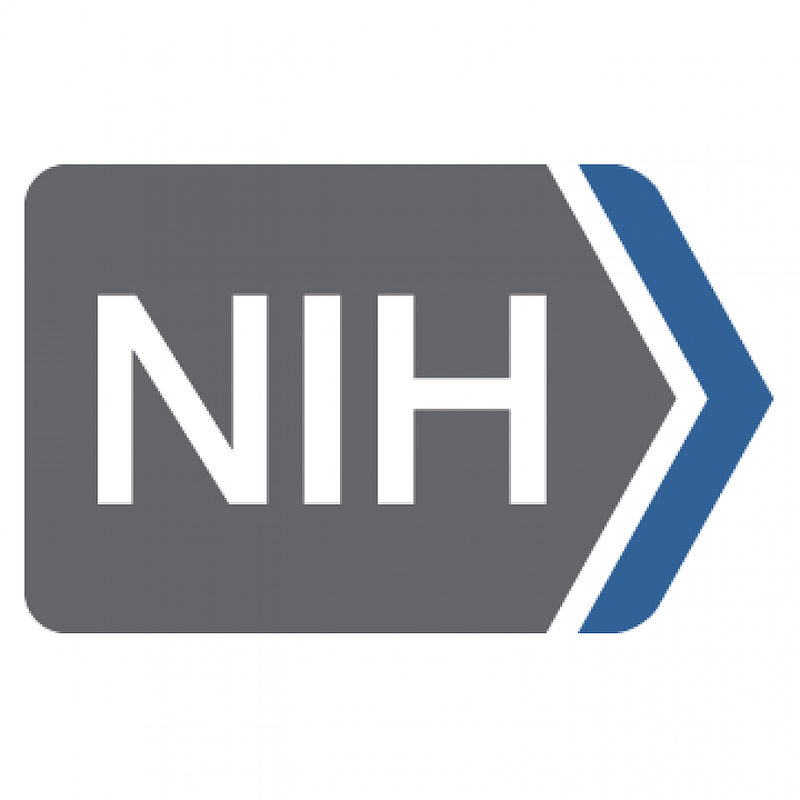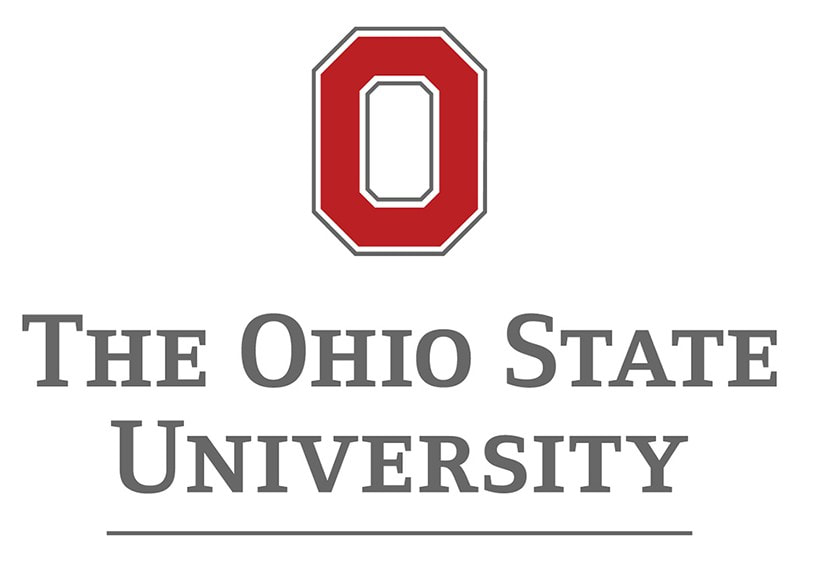Subtopic 1.1: Amino Acids and Proteins
 Figure 1. Basic structure of an amino acid.
Credit: Aline de Conti
Figure 1. Basic structure of an amino acid.
Credit: Aline de Conti
Amino acids are the basic units of proteins. All amino acids present in proteins carry a carboxyl- and an amino group, hydrogen and variable side chains (R) at a single α – carbon atom.
Amino Acid Basic Structure:
Every amino acid has four components linked together
with a central carbon atom α – carbon (Figure 1):
R groups may be:
Amino Acid Basic Structure:
Every amino acid has four components linked together
with a central carbon atom α – carbon (Figure 1):
- Amino group (NH2)
- Carboxylic acid group (COOH)
- Hydrogen atom (H)
- R-group, which varies with each amino acid (R)
R groups may be:
- Hydrophobic
- Hydrophilic
- Charged R-groups: positive or negative charged
- Special R-groups: conjugated with other molecules
Amino Acids are classified as:
- Essential: humans can not synthesize them and must be obtained directly from food (phenylalanine, valine, threonine, tryptophan, methionine,leucine, isoleucine, lysine, histidine, cysteine and arginine).
- Non-essential: the human body is able to produce them (glycine, alanine, serine, asparagine, glutanine, tyrosine, aspartic acid, glutanic acid and proline).
See bellow different structures of the most common amino acids in humans.
Amino acids link together, in a reaction known as peptide bond, to form proteins.
Levels of Protein Structure:
Primary (1°) Structure: The sequence of amino acids in a protein is named as primary structure. The amino acids are linked via peptide bonds formed with the carboxylic acid group of one amino acid and the amino group of a other amino acid.
Secondary (2°) Structure: The secondary structure is the way a polypeptide folds to form α-helix, β-strand, or β-turn.
Tertiary (3°) Structure: The tertiary structure is the way the polypeptide chain coils and turns to form a complex molecular shape. Additionally, tertiary structure starts to develop an active sites of proteins where critical actions and interactions will take place.
Quaternary (4°) Structure: The quaternary structure is the combination of the multiple protein subunits that interact to form a single, larger, biologically active protein.
Protein Functions: Proteins have several functions in the human body including hormonal, enzymes, structural proteins in cell membranes, proteins also receive signals from outside the cell and mobilize intracellular response, and they are part of the immune system.
Enzymes are specialized proteins that accelerate a chemical reaction by serving as a biological catalyst. By catalyzing these reactions, enzymes cause them to take place one million or more times faster than in their absence. Several biochemical reactions important for cellular maintenance occur due to with enzymes activity. For example: environmental response and metabolic pathways.
Primary (1°) Structure: The sequence of amino acids in a protein is named as primary structure. The amino acids are linked via peptide bonds formed with the carboxylic acid group of one amino acid and the amino group of a other amino acid.
Secondary (2°) Structure: The secondary structure is the way a polypeptide folds to form α-helix, β-strand, or β-turn.
Tertiary (3°) Structure: The tertiary structure is the way the polypeptide chain coils and turns to form a complex molecular shape. Additionally, tertiary structure starts to develop an active sites of proteins where critical actions and interactions will take place.
Quaternary (4°) Structure: The quaternary structure is the combination of the multiple protein subunits that interact to form a single, larger, biologically active protein.
Protein Functions: Proteins have several functions in the human body including hormonal, enzymes, structural proteins in cell membranes, proteins also receive signals from outside the cell and mobilize intracellular response, and they are part of the immune system.
Enzymes are specialized proteins that accelerate a chemical reaction by serving as a biological catalyst. By catalyzing these reactions, enzymes cause them to take place one million or more times faster than in their absence. Several biochemical reactions important for cellular maintenance occur due to with enzymes activity. For example: environmental response and metabolic pathways.







